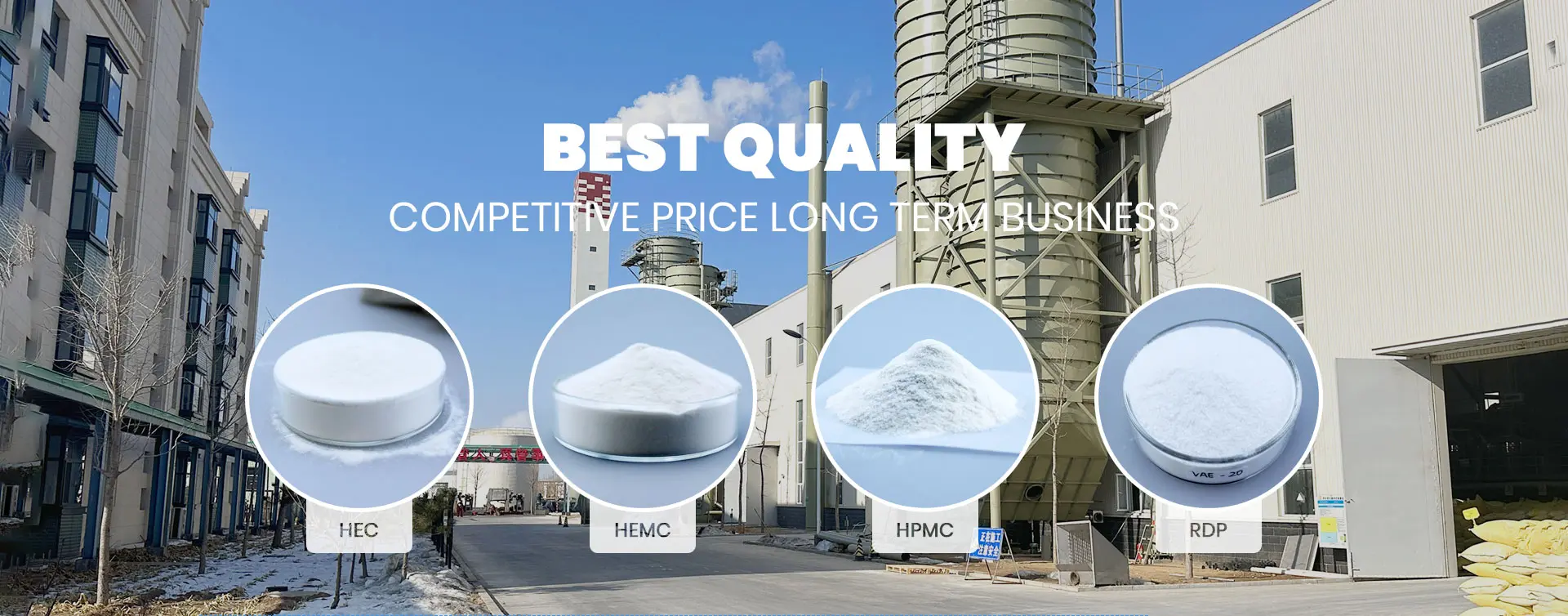
Oct . 14, 2024 00:30 Back to list
hpmc
Understanding HPMC A Versatile Polymer in Modern Applications
Hydroxypropyl Methylcellulose (HPMC) is a widely recognized and utilized cellulose derivative that plays a pivotal role in various industries. Known for its unique properties, such as its ability to form gels, impart viscosity, and provide stability, HPMC serves as a vital ingredient in pharmaceuticals, construction, food, and personal care products. This article explores the characteristics, applications, and advantages of HPMC.
What is HPMC?
HPMC is a non-ionic cellulose ether produced by chemically modifying cellulose, a natural polymer derived from plants. The modification process involves introducing hydroxypropyl and methyl groups, which significantly enhance the solubility and functional capabilities of cellulose. HPMC is generally regarded as safe (GRAS) by regulatory agencies, making it suitable for use in food and pharmaceutical applications.
Key Properties of HPMC
One of the standout features of HPMC is its versatility. It is soluble in both hot and cold water and forms a clear solution, making it an excellent thickening and stabilizing agent. Its gel-forming abilities are harnessed in various applications where viscosity control is crucial. Additionally, HPMC is characterized by its thermal stability, biodegradability, and low toxicity, further cementing its position as a preferred choice for formulators.
Another important property of HPMC is its rheological characteristics, which allow formulators to achieve desired flow and texture in products. These characteristics can be modified by adjusting the degree of substitution, the molecular weight, and the concentration of HPMC, giving manufacturers the flexibility needed in product formulation.
Applications of HPMC
1. Pharmaceuticals In the pharmaceutical industry, HPMC is frequently used as a binder and coating agent in tablet formulations. Its ability to control the release of active pharmaceutical ingredients (APIs) makes it a valuable polymer in controlled-release medications. Moreover, HPMC is employed in various dosage forms such as suspensions and emulsions, providing improved stability and viscosity.
hpmc

2. Construction In the construction sector, HPMC is added to cement and gypsum-based mortars, providing enhanced workability and adhesion properties. It helps to retain moisture and improve the consistency of the mixture, ensuring better application and performance.
3. Food Industry HPMC is utilized as a thickener and emulsifier in the food industry, enhancing the texture and mouthfeel of products like sauces, dressings, and ice creams. Its ability to stabilize emulsions is crucial for maintaining product quality and shelf life.
4. Personal Care Products HPMC is commonly found in personal care and cosmetic products, contributing to stability and viscosity. It is present in lotions, creams, and gels, where it helps to achieve a desirable texture while enhancing the sensory experience of the product.
Advantages of HPMC
The incorporation of HPMC into formulations offers numerous advantages. Its versatility allows manufacturers to tailor products to meet specific performance characteristics. Additionally, because HPMC is derived from natural cellulose, it aligns well with the growing trend towards more sustainable and eco-friendly products. Its non-toxic and biodegradable nature makes it suitable for health-conscious consumers.
Moreover, HPMC enhances the quality of products by improving their stability, texture, and performance. In pharmaceuticals, its ability to control the release of APIs can lead to better therapeutic outcomes, while in food and personal care products, it contributes to improved sensory attributes.
Conclusion
In conclusion, Hydroxypropyl Methylcellulose (HPMC) is a remarkable polymer that finds extensive applications across diverse industries. Its unique properties make it an invaluable ingredient in formulations that demand stability, viscosity, and performance. As industries continue to evolve, HPMC will undoubtedly play a key role in addressing the demands of modern consumers, paving the way for innovative and effective products. As research and development in this field progress, the potential for HPMC to contribute to new applications and formulations remains vast and exciting.
-
Unlocking the Benefits of HPMC Products: A Gateway to Versatile Applications
NewsAug.07,2025
-
Unleashing the Potential of HPMC Ashland: A Comprehensive Look
NewsAug.07,2025
-
Tile Bonding Cellulose: The Key to Superior Adhesion and Durability
NewsAug.07,2025
-
Hydroxypropyl Methylcellulose Powder: The Versatile Component in Modern Pharmaceuticals
NewsAug.07,2025
-
Hydroxyethyl Cellulose: The Versatile Solution for Various Industries
NewsAug.07,2025
-
Hydroxyethyl Cellulose (HEC): The Versatile Polymer for Various Applications
NewsAug.07,2025







